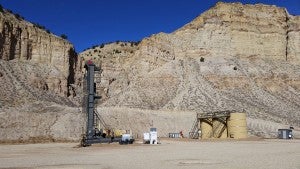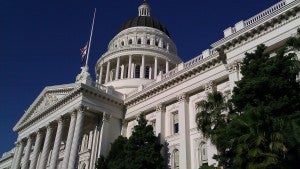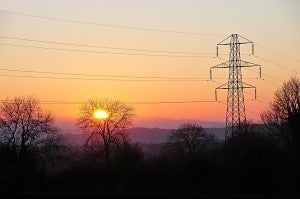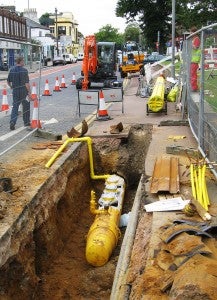 By Gabriela B. Zayas del Rio, Tom Graff Diversity Fellow, Clean Energy
By Gabriela B. Zayas del Rio, Tom Graff Diversity Fellow, Clean Energy
The system for supplying electricity in the U.S. was premised on the assumption that utilities would make evermore electricity to sell to customers. But, the global need to reduce carbon emissions from traditional power generation, along with the emergence of distributed energy resources – small, grid-connected devices, like rooftop solar and energy storage – have disrupted demand for electricity produced from traditional power plants.
In May, the New York State Public Service Commission introduced a new way to pay the state’s utilities, one where utilities are compensated not just based on how much electricity they produce, but also for producing environmental benefits aligned with the public good. This approach aligns with Reforming the Energy Vision (REV) – New York’s official plan to make its electric grid cleaner, more efficient, and affordable – and comes at a time of unparalleled population growth in New York. Read More










 After several years of collaboration among regulatory experts from across the country, the Groundwater Protection Council (GWPC), recently
After several years of collaboration among regulatory experts from across the country, the Groundwater Protection Council (GWPC), recently  “I am the Lorax. I speak for the trees. I speak for the trees for the trees have no tongues.” – Dr. Seuss, The Lorax.
“I am the Lorax. I speak for the trees. I speak for the trees for the trees have no tongues.” – Dr. Seuss, The Lorax. After a long and hard-fought legislative session, the dust is settling in California’s capitol. Many forward-looking clean energy bills sit on Gov. Brown’s desk, while others did not make it that far. It’s a time when legislative staff and advocates step back, breathe a sigh of relief, and take stock of what has been accomplished, what was lost along the way, and – most importantly – what remains to be done.
After a long and hard-fought legislative session, the dust is settling in California’s capitol. Many forward-looking clean energy bills sit on Gov. Brown’s desk, while others did not make it that far. It’s a time when legislative staff and advocates step back, breathe a sigh of relief, and take stock of what has been accomplished, what was lost along the way, and – most importantly – what remains to be done. By:
By: 